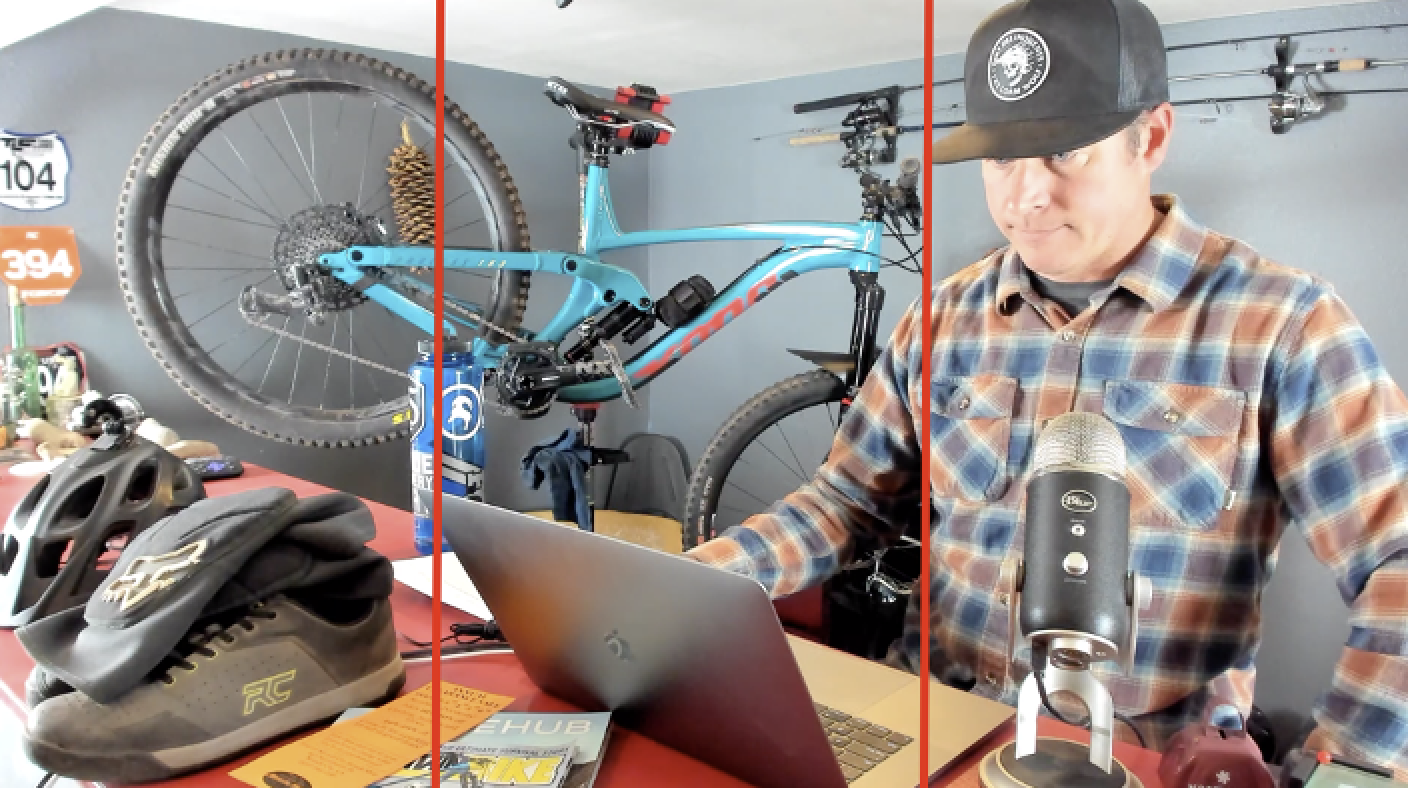To learn more about Telestream desktop products, click here.
Shot composition is often overlooked and one of the easiest ways to make your production look professional, stunning, emotional, interesting, artistic, etc.
Here are a few basic considerations when it comes to composing your shot.
Rule of 3rds – The Rule of 3rds is the most commonly discussed shot composition. Moving your subject out of the center of the image may make the video more interesting/dynamic/artistic. Segment the image into 3rds, Left / Center / Right. Placing your subject left or right 3rd will create a conversation or visual direction for the viewer.

Leading Lines – Prior to positioning your subject or choosing your camera position, look for lines or angles that may be used to help guide the viewer’s eye to a specific location. A street, railing, table, bar, wall, ceiling may be used to bring the eye to the main subject. Leading Lines may be used to create converging lines and draw the viewer’s attention to an important part of the video.

Focus or Depth of Field – Depth of Field can be described in two ways shallow depth or deep depth. Shallow is when the focus depth is very narrow, a few inches to a few feet. This brings all the attention to a subject by blurring the background and maintaining focus on your subject. Deep depth is when the focus is a few yards to infinity. Deep depth is a great choice when you need all of your set or production to be in focus. A common two camera set up is one camera having the overall production in the frame and all in focus. A second camera close up on the subject with only the subject in focus. The transition back and forth, all in focus when the speaker is talking about general subjects and transition to the close up when the speaker is talking about more important subjects.

To learn more about Telestream desktop products, click here.

